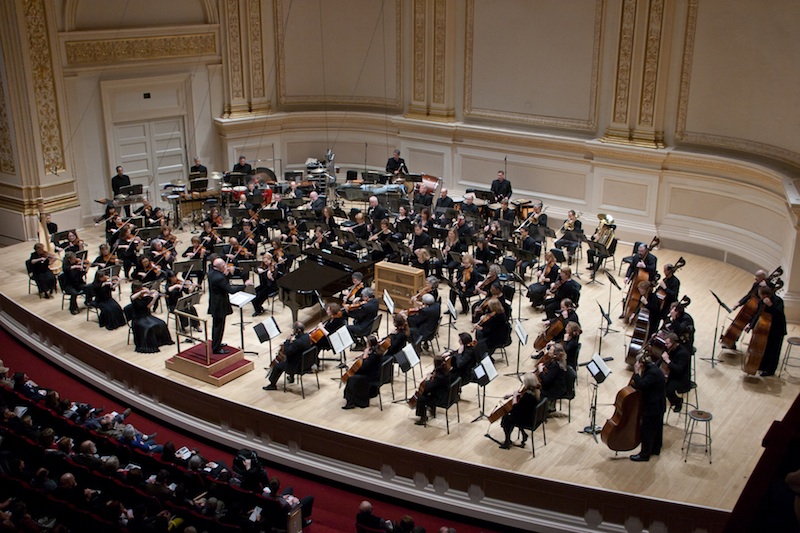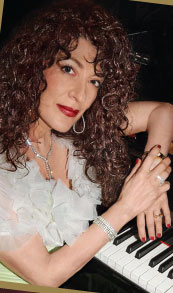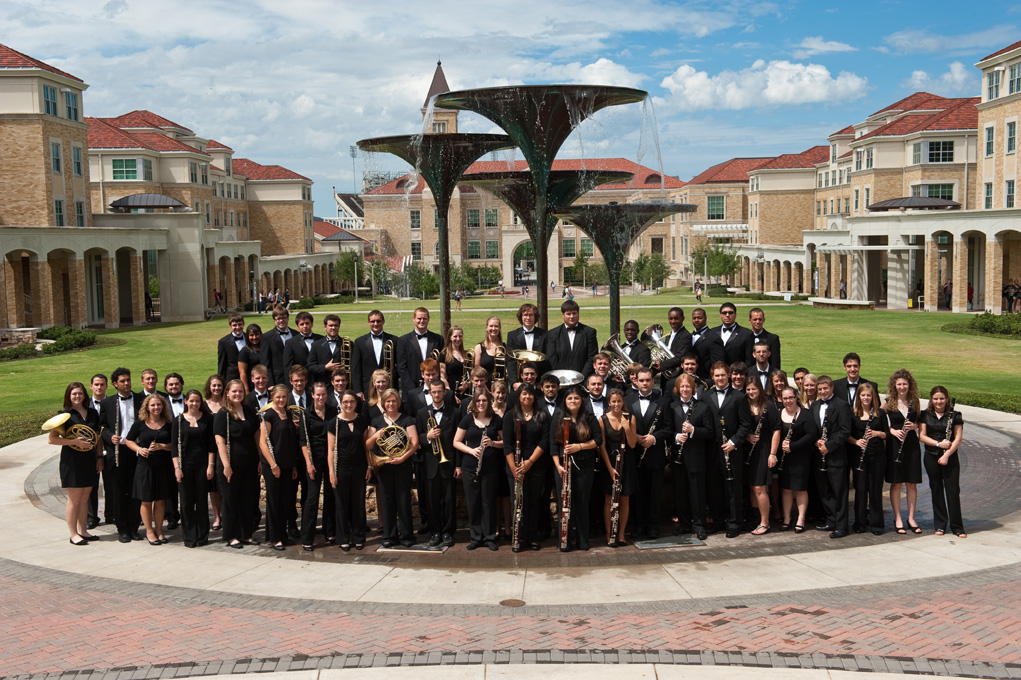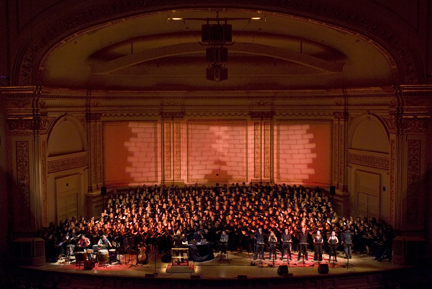
“Reflections of Life” Distinguished Concerts Orchestra and Singers International; PHOTO CREDIT – Richard Termine
Distinguished Concerts International New York (DCINY) has a gift for drawing large numbers of performers from far and wide and bringing them to still larger audiences, creating what are often spectacular events. Their most recent concert featuring music by James Eakin III and Greg Gilpin was no exception. High school and adult choruses from New Jersey, Texas, Alabama, Colorado, Wisconsin, Indiana, Minnesota, Louisiana, California, and Pennsylvania all converged onto the Perlman Stage, with choirs also filling several front balconies, enveloping the listener with sound; if one doubted the life-affirming power of classical music today, one might have a change of heart just from the sheer collective energy. Granted, not all the music performed was strictly classical, but Broadway and folk music were blended seamlessly into the mix with the help of DCINY’s versatile orchestra. Special guest, Clay Aiken, made an appearance to lend his support to the festivities with brief comments during the second hal8f.
The first half was devoted to the World Premiere of a 47-minute choral work, “Flowers Over the Graves of War” by James Eakin III, who has also written extensively for film and television. As the composer explains in his notes, “Commentary on the horrors of war and pleas to God for forgiveness and guidance permeate this work.” In six movements set to poetry by Michael Dennis Browne, along with Latin texts from traditional Requiem movements, the work ultimately conveys messages of faith, mercy, hope, and peace. As the composer also comments, the three soloists express the more introspective lines; soprano, Ida Nicolosi, mezzo-soprano Kirsten Allegri, and tenor Gregory Warren were commendable in their parts. A highlight was in the Sanctus, where the upper voices joined in duet, later united with the tenor in powerful trio. According to the composer, the higher voices were to express the “unwavering love and faith of a child” with the lower voices expressing darker elements. One wondered by the end of the work whether this “work of contrasts” (as the composer describes it) might have prospered from more juxtaposition of dissonance and consonance as well as the contrasting registers and textures, since even some sections modifying text about war seemed quite mild; on the other hand, such sweetness suited the choirs at hand, as well as the ultimate message of mercy. The use of percussion in martial sections added ballast, and while the orchestra may have been a bit overzealous in volume, the soloists generally met the challenge of projecting over them. Overall, I found this a moving work by a composer from whom I’ll be interested to hear more. Deft conducting by Tim Seelig brought it all together well.
After intermission we heard original and arranged music of Greg Gilpin , with the conductor at the podium. Mr. Gilpin conducted with infectious energy, and his choral works matched his conducting style in their all-embracing range. Listening to the opening piece, “Why We Sing,” one could understand the popularity this work has had with choruses since its publication in 2005. “Through the Eyes of a Child” (text by Mark Burrows and music by Gilpin and Burrows) brought out one of the themes of the evening, the bond between young and old, and “A Child’s Credo/In Virtute Tua” (a World Premiere) underscored that bond further. These are works of immediate appeal that blur distinctions between classical and popular music. “There’s Room for Many-a More!” added the joyous touch of the American Spiritual, and a medley of favorites from ”The Music of ‘The Wizard of Oz’” capped off the evening in high spirits. Mr. Gilpin seems destined for ever-widening popular appeal. As is often the case with arrangements, there were some program omissions in crediting original sources; naturally the medley was Mr. Gilpin’s conception, but it seems a shame when, for example, “Somewhere Over the Rainbow” is sung, not to see the name of its composer Harold Arlen mentioned anywhere. In any case, the end of the evening found the audience quite uplifted.





